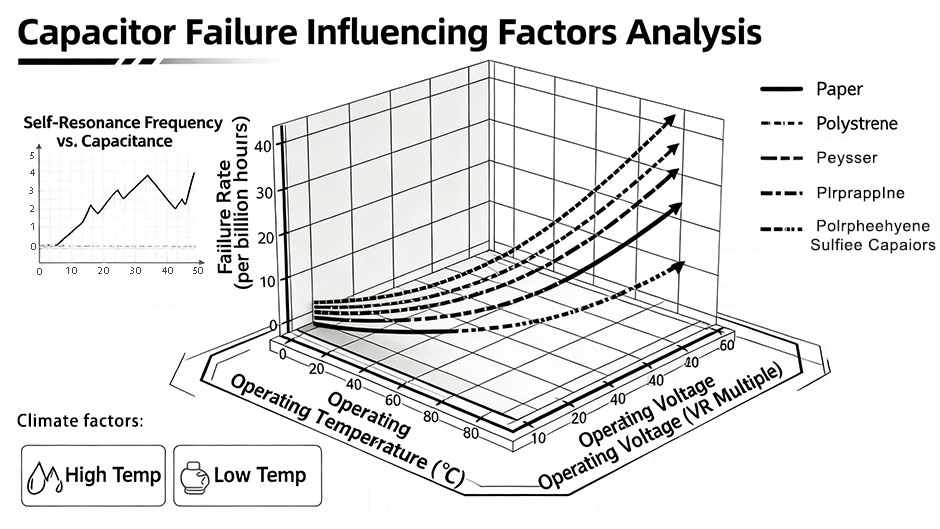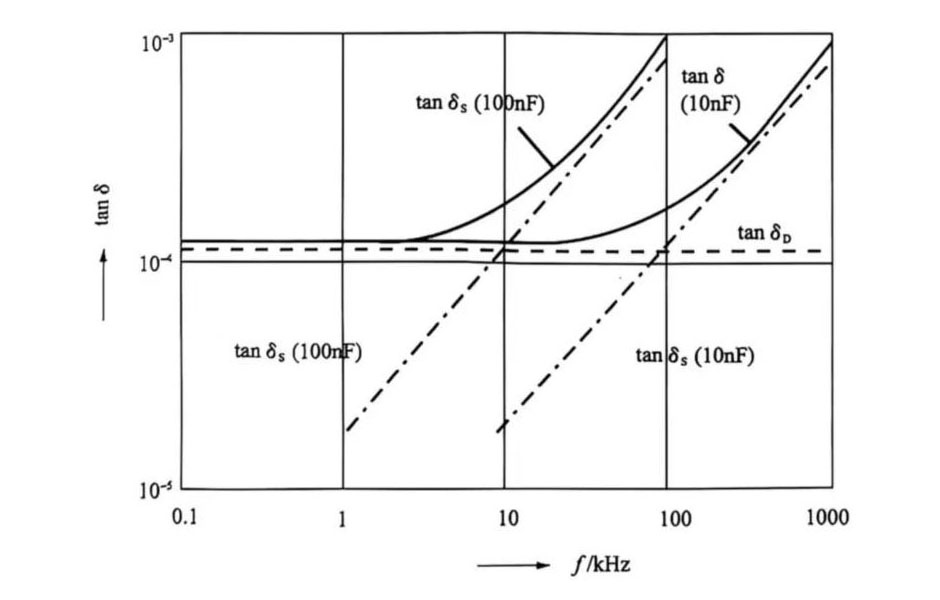Monolithic capacitor is another name for multilayer ceramic capacitor. The English name is monolithic ceramic capacitor or mulTI-layer ceramic capacitor, or MLCC for short, which is widely used in electronic precision instruments. Various small electronic devices are used for resonance, coupling, filtering and bypass.
- Structure
The basic structure of a simple parallel plate capacitor consists of an insulating intermediate dielectric layer plus two conductive metal electrodes. The structure of a multilayer chip ceramic capacitor mainly includes three parts: ceramic dielectric, metal inner electrode, and metal outer electrode. The multilayer chip ceramic capacitor is a multi-layer structure, which is simply a parallel body of multiple simple parallel plate capacitors.
- Function
1. Energy storage exchange
This is the most basic function of monolithic capacitors, mainly to generate and release an electrical energy through its charging and discharging process. This is mainly based on large-capacity type II monolithic capacitors, and in some cases can even replace small aluminum electrolytic capacitors and tantalum electrolytic capacitors.
2. Cut-through communication (bypass and coupling)
Because the monolithic capacitor is not a conducting body, it reflects the phenomenon of charging at both ends through the regular rotation of the AC. Therefore, it can be connected in parallel with other components in the circuit to let the AC pass, while the DC is blocked , Which acts as a bypass. In an AC circuit, the monolithic capacitor charges and discharges following the change in the polarity of the input signal, so that the circuits connecting the two ends of the monolithic capacitor appear to be in a conducting state and play a role in coupling. Generally speaking, the monolithic capacitors connected to the input of the amplifier or op amp is the coupling monolithic capacitors; the monolithic capacitors connected to the amplifier or the emitter of the op amp is the bypass monolithic capacitors.
3. Frequency discrimination filtering
In an AC circuit, for a mixed signal with multiple frequencies, we can use a monolithic capacitor to separate parts of it. In general, we can use a monolithic capacitor with a reasonable capacitance to filter out most low-frequency signals. This is mainly based on high frequency or ultra high frequency monolithic capacitors.
4. Surge voltage suppression
Because the monolithic capacitor is an energy storage element, it can remove those transient surge pulse signals in the circuit, and can also absorb the excess energy generated by the voltage fluctuations in the circuit. The filtering is mainly based on high-frequency products.



